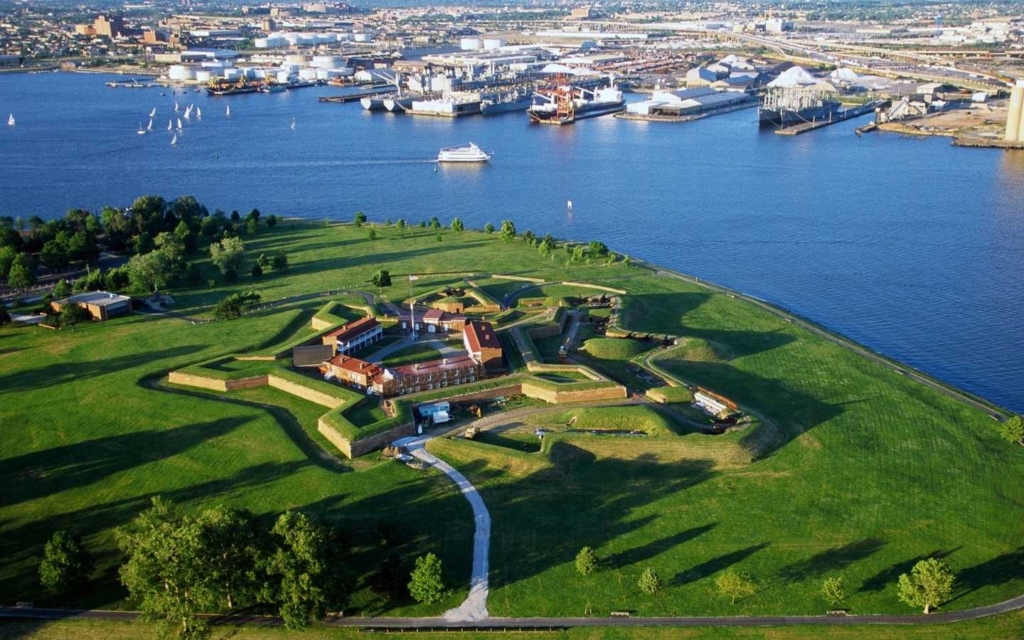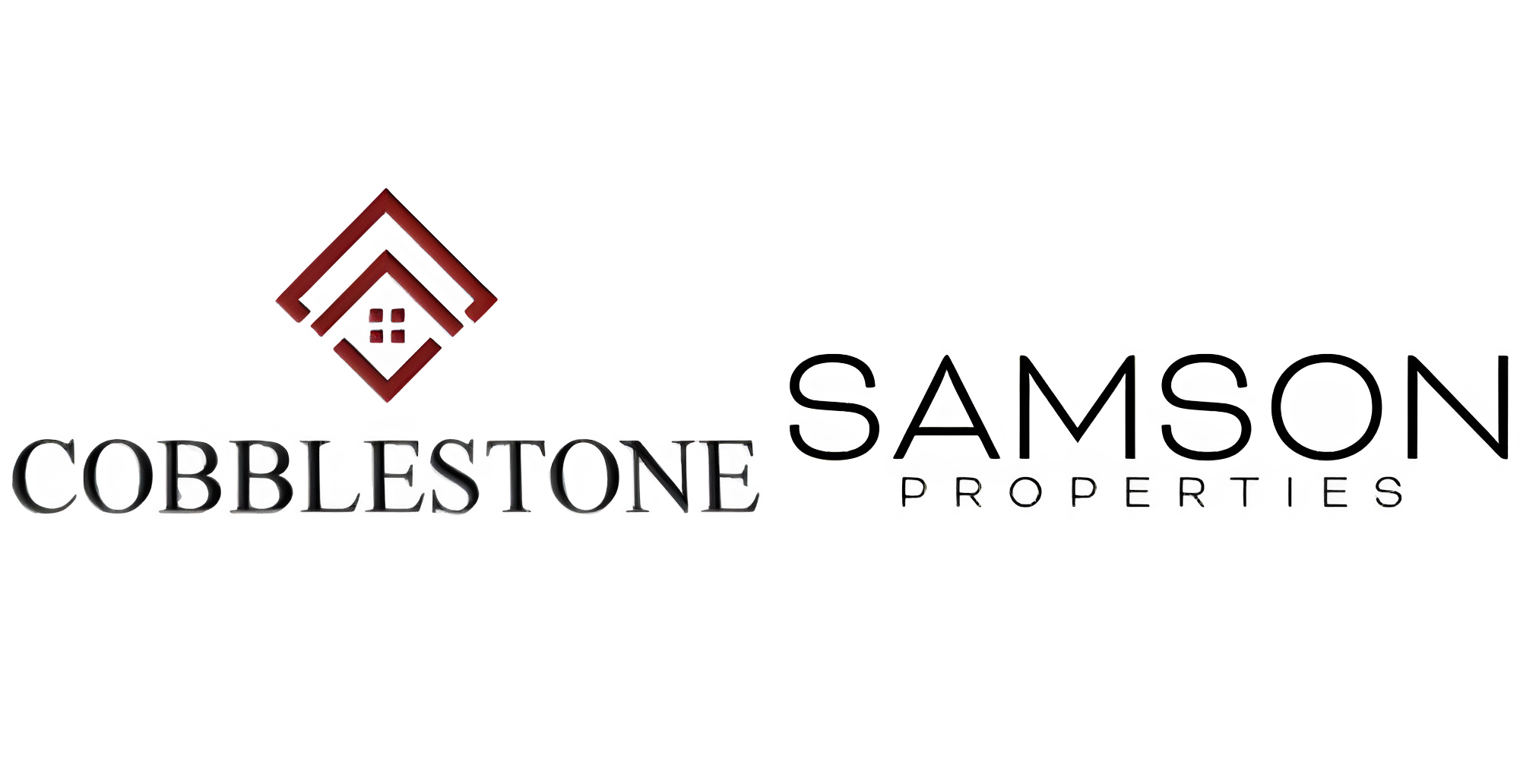Brief History of Maryland
Maryland, established in 1632, holds a significant place in American history. Named after Queen Henrietta Maria, the wife of King Charles I, the colony was founded with the principle of religious tolerance and flourished through tobacco cultivation, becoming a key player in the American Revolution. Its moniker, the “Old Line State,” pays homage to the valor of 400 Revolutionary War soldiers who confronted 10,000 British troops in a legendary 1776 battle.
Moving into the 19th century, Maryland diversified its economy, emerging as a pivotal hub for industry and transportation. As a border state during the Civil War, Maryland faced internal strife over slavery but ultimately remained loyal to the Union. The 20th century witnessed Maryland’s continued growth as a center for commerce and industry, making substantial contributions to World War II.
In the contemporary era, Maryland is renowned for its diverse population, robust economy, and cultural contributions. The state encapsulates a rich historical legacy, with roots dating back to its colonial beginnings and marked by pivotal moments in American history. Maryland’s journey reflects the evolution of a state that played a crucial role in shaping the United States from its early colonial period to the present day.

Situated on 12,406 square miles of diverse landscapes, Maryland boasts a thriving economy with a GDP of $470 billion. With a population of 6,164,660, the state stands as a hub of education, where 49.4% of residents hold college degrees. The capital city, Annapolis, is a historic gem, and the state’s median income rests at $50,548.
Landmarks and Culture:
Maryland, home to the picturesque Chesapeake Bay, is renowned for its iconic blue crabs and the historic city of Baltimore. Once a vital trading port, Baltimore is steeped in history and is a baseball enthusiast’s haven. Notably, it’s the birthplace of the national anthem, “The Star-Spangled Banner,” written by Francis Scott Key during the War of 1812 as he witnessed the American flag fluttering above Fort McHenry.
Historical Significance:
Being one of the original 13 colonies, Maryland holds a pivotal place in American history. Achieving statehood in 1788, it was the seventh state to ratify the U.S. Constitution. During the Civil War, as a border state, Maryland faced internal divisions but ultimately joined the Union. The state’s complex history saw it remain a slave state during the war, prompting notable figures like Harriet Tubman and Frederick Douglass to flee for freedom. The Battle of Antietam in 1862, hosted by the Old Line State, stands as the bloodiest one-day battle in U.S. history.
Economic and Scientific Hub:
Adjacent to the nation’s capital, Maryland is a bustling center of innovation, employing numerous federal workers and hosting over 60 federal facilities. Notable institutions include the NASA Goddard Space Flight Center, the National Oceanic and Atmospheric Administration, and defense giants like Lockheed Martin. The Walter Reed National Military Medical Center, a prominent military medical facility, also calls Maryland home.
Architectural Heritage of Maryland
Maryland’s architectural tapestry unfolds over nearly four centuries, beginning with the arrival of English settlers in 1634. While neighboring Washington, D.C., and Alexandria often steal the spotlight, Maryland boasts a captivating architectural legacy that deserves recognition. Explore the rich history of the homes that have stood as witnesses to the passage of time and the evolution of Maryland’s architectural identity.
The Origins: 17th-Century Marvels
Delving into the past, Centreville holds the oldest standing Maryland home, dating back to 1683. Another gem, Holly Hill in Friendship, showcases the Medieval Transitional style prevalent in mid-18th-century Maryland. Morgan Hill Farm in Lusby stands as a well-preserved example of a 17th-century dwelling, maintaining its original features since its construction between 1670 and 1700. Meanwhile, Cedar Park in Galesville, erected in 1702, boasts the distinction of being the earliest surviving earthfast-constructed dwelling in Maryland and Virginia.
Enter the Georgian Era: 18th-Century Elegance
The Georgian architectural style, prominent between 1714 and 1830, left an indelible mark on Maryland, especially in Baltimore. The James Brice House in Annapolis, a dazzling example of Georgian architecture, began construction in 1767 and epitomizes the grandeur of this period. With its 90,800 cypress shingles, this mansion is a testament to the craftsmanship of its time.
Districts of Distinction: A Showcase of Styles
Numerous residential districts, recognized by the National Register of Historic Places, offer a comprehensive glimpse into Maryland’s architectural evolution:
Brookeville Historic District: Home to residences from the 18th century, this town preserves unaltered homes from the early and mid-1800s.
Kensington Historic District: A turn-of-the-20th-century community, Kensington’s architecture reflects various styles, including the Colonial Revival, a descendant of the 18th-century Georgian style.
College Heights Estates Historic District: Representing mid-1900s suburban architecture, this district’s blend of Cape Cods and pre-ranch houses reflects Maryland’s transformation during the rise of the automobile culture.
Upper Marlboro Residential Historic District: Offering a journey through 300 years of architectural styles, Upper Marlboro showcases Queen Anne, 19th-century Greek Revival, Colonial Revival, Cape Cod, and charming bungalows.
Embark on a visual and historical adventure through Maryland’s architectural heritage, where each structure weaves a narrative of the state’s rich past and its continual evolution.




